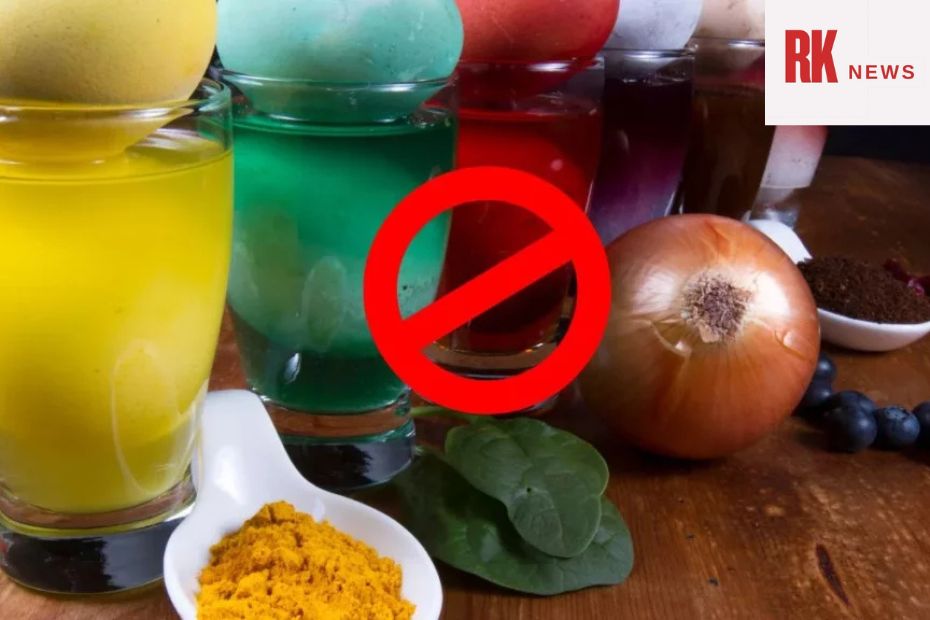New York: The color of your favorite snacks might be changing soon. Health Secretary Robert F. Kennedy Jr. announced a sweeping plan to eliminate eight synthetic food dyes from products sold in the U.S., a move that will significantly impact everything from candy and cereal to sausage, yogurt, and even oranges.
This bold step expands on an earlier FDA decision to ban Red No. 3 and reflects growing concerns about the long-term effects of petroleum-based food colorings. By 2027, food companies will be expected to either stop using these dyes or add warning labels to affected products.
The dyes targeted in this ban include Red 40, Yellow 5, Yellow 6, Blue 1, Blue 2, Green 3, Citrus Red 2, and Orange B. These additives are widely used in processed foods to enhance appearance and consumer appeal, but public health advocates and researchers say the time has come to rethink their safety.
What may surprise many shoppers is how many everyday items will be affected. Brightly-colored cereals like Froot Loops, Fruity Pebbles, and Trix rely heavily on synthetic dyes. So do gummy vitamins, fruit-flavored yogurts, powdered drink mixes like Kool-Aid, and sports drinks such as Gatorade and Powerade.
Even savory foods aren’t exempt. Certain hot dogs and sausage casings are dyed with Orange B. Salad dressings and condiments like French dressing, cocktail sauce, and sweet relish also use Red 40, Yellow 5, or Yellow 6 to achieve their signature look.
Fresh produce isn’t entirely untouched either. Some oranges from Florida are dyed with Citrus Red 2 to achieve that perfect orange hue. Without the dye, consumers might see more green-tinted peels—though the fruit inside is still fully ripe.
While synthetic dyes make food look more attractive, scientists and regulators have long debated their health effects. The FDA and CDC have found limited evidence of harm in humans when consumed in moderation. However, other research has linked dyes like Red 3 and Yellow 5 to cancer risks, hyperactivity in children, and allergic reactions.
A 2021 report from California’s Environmental Protection Agency concluded that synthetic food dyes could impact behavior in some children, particularly those with ADHD. The EU already mandates warning labels on such products, but the U.S. has lagged behind until now.
During the press announcement, Kennedy emphasized that the goal isn’t to remove fun or flavor from food but to offer safer, natural alternatives. He encouraged food makers to consider ingredients like beet juice, turmeric, and watermelon as substitutes for artificial dyes.
The plan gives manufacturers until 2027 to fully comply. Some dyes, like Citrus Red 2 and Orange B, are expected to be phased out immediately due to limited use and stronger safety concerns. Others, such as Red 40 and Yellow 5, are more entrenched in the food industry and will require reformulation over time.
Consumer response is expected to be mixed. For years, food companies have defended the safety of synthetic dyes, and many consumers haven’t paid much attention to food coloring as long as products taste the same. But for health-conscious shoppers and families concerned about additives, this could be a welcome change.
Experts like registered dietitian Jessica Ball urge people not to panic. While avoiding artificial dyes may offer benefits, she says there are more impactful ways to improve overall health—like eating a balanced diet, staying active, and getting good sleep.
Still, the visual shift may be noticeable. Foods might look a little duller in the future—but that could also be a sign of progress toward cleaner, safer products on grocery shelves.
shoppers can expect gradual changes. But by 2027, those bright neon gummies, brightly-colored cereals, and vibrantly-hued yogurts may have a very different look.
